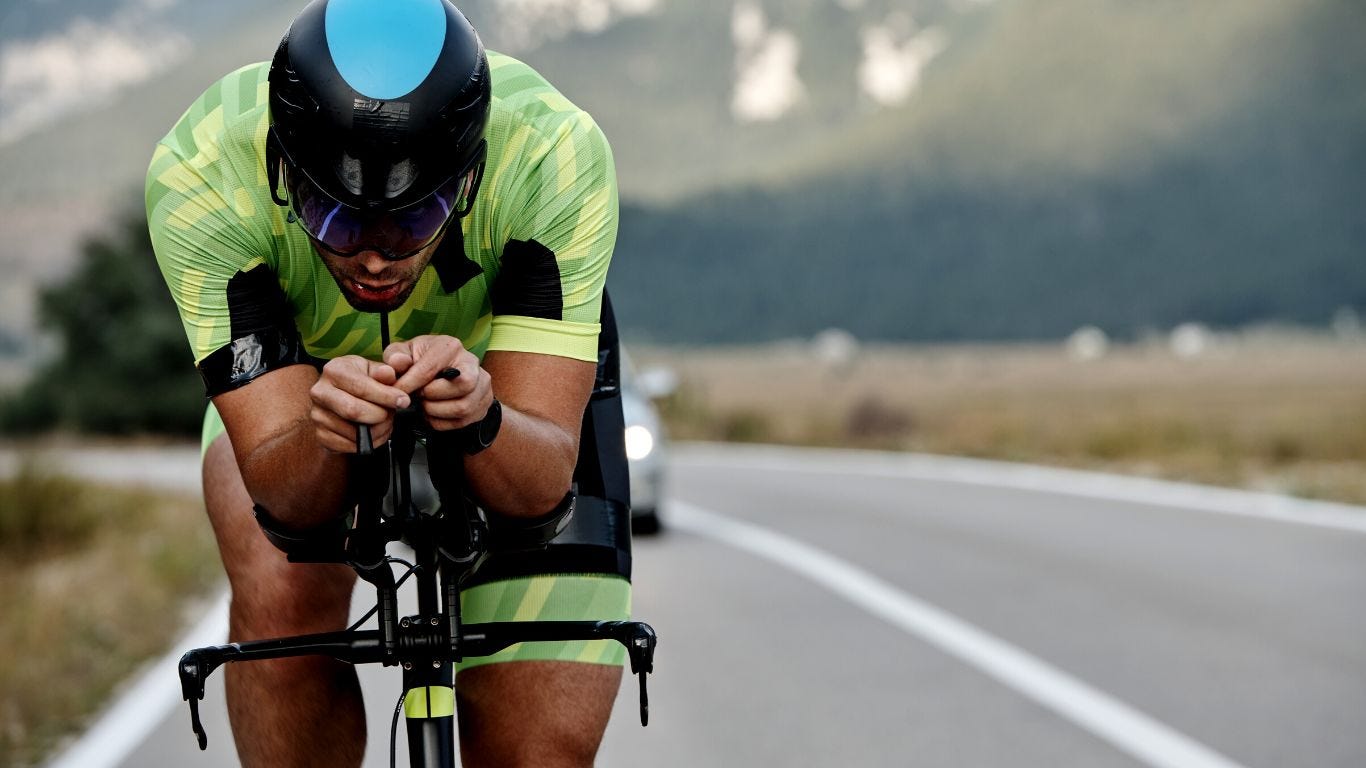Sport is NOT Inherently Healthy
The rebuttal to the commonly held misperception in Health & Wellness that Sports equate to Health
Playing a sport is NOT inherently healthy.
Playing sports MAY have some health benefits.
For example: there are aerobic benefits to cycling and running. while keeping the heart in a specific zones, but the demands placed on a body for a marathon or an Ironman are not necessarily healthy for the body..
Sports are made up activities that were created for entertainment purposes. For the spectator, it’s the lure of gladiatorial games. For the participants it’s often the competition and the fun associated with competing to win that drives us.
But those activities are not the activities that the human being evolved in order to do.
We evolved the capability to do things, but just because we can do something doesn’t mean we should. We evolved to serve very basic functions of survival. Find food, secure shelter, reproduce and secure the future of the species.
Imagine a Hunter Gatherer rock climbing just for fun. Or imagine a giving a barbell to Neanderthal and saying lets see who can snatch this overhead with the largest amount of weight.
As we evolved, we learned that our bodies were capable of many more things than simply hunting and gathering. And as we went through agricultural, industrial and now technological revolutions, we find ourselves with the leisure to not only spectate, but participate in sport.
We can imagine that many games children played were fundamental in development for our earlier ancestors. We chased things when we hunted and a variety of activities that we thrived at in our youth improved our chances of survival. I always think of “Duck Duck Goose”, for example, as a game that challenged reaction time and ability to accelerate in a chase scenario.
Before we go any further, let me be clear… I am not advocating that we not play sports or compete recreationally.
I am simply looking to draw a distinction between our current perception of sport as it pertains to our health as human beings.
One of the reasons CrossFit and activities like it have become popular is that it mixes made up exercises, with community and competition. This is what makes it a sport.
Although people speak of the health benefits of things like this, activities like CrossFit have been shown to have high rates of injury. The blurred lines between health and wellness, and competitive activity have brought us to where we are today. We are in a space now where all things are high intensity and we’ve forgotten about establishing aerobic base, which is a fundamental human evolutionary requirement.
One of the biggest mistakes we make as general population is that we think we need to “train like an athlete”.
Many athlete training programs not only aren’t suitable for the average person, but some of the stuff isn’t even suitable for the athletes themselves.
Modern Athletic Performance Training has roots in Power Lifting. Power Lifting is another sport. So we are driving an athlete to learn a skill for one sport that we believe will carry over to their desired activity or sport.
Sure, there are some carryover aspects. Absolute Power for example is something that is driven by Power Lifting. However, as we drive more specialization into becoming a better lifter, the demands of lifting at incredibly high volumes, without paying attention to fundamental joint health, we may see a negative relationship with overall joint function and joint health over time.
So we may find ourselves building more constraints as we increase volume of traditional lifts. Constraints are the last thing an athlete who moves in multiple directions wants or needs. An athlete wants more options. If we’re not creating more options for our athletes, or for people in general, then what am we doing?
We must remember that the vast majority of people are not professionals at sports.
We are professionals at life. To be better at life in general, we don’t need nearly as much volume that often gets prescribed in most Sports Training or Power Lifting programs. And arguably in this day of load management for athletes, we may not need as much volume programmed into general Sports Performance programs.
If you do recreational sports, power lift or bodybuilding, then by all means do what you love. At the end of the day I’m not trying to convince anyone not to enjoy their body.
However, it’s time to rethink our general training, especially if we don’t compete for a living.
The objective of training should be to create a sustainable body that’s able to withstand and endure the things that we enjoy., while maintaining longevity.
A balanced holistic approach that emphasizes joint health, some quality strength and conditioning with a well balanced diet is the ideal approach.
Move Better | Feel Better | Do More



